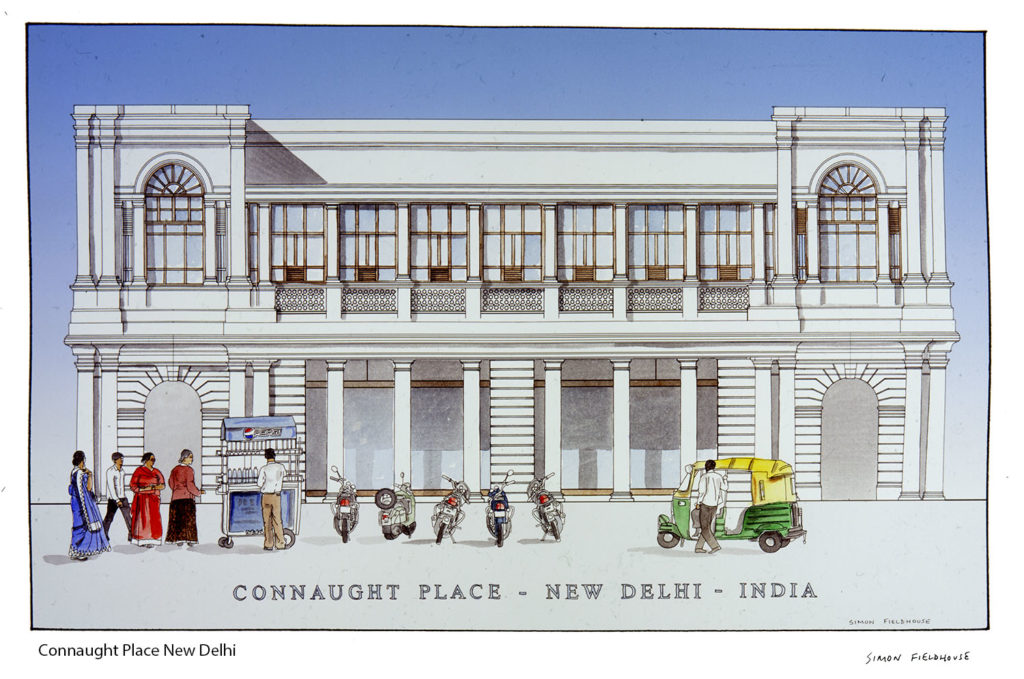
Connaught Place New Delhi
Connaught Place New Delhi is one of the largest financial, commercial and business centres in New Delhi, India. It is often abbreviated to CP and houses the headquarters of several noted Indian firms. The former location of the headquarters of the British Raj, the area's environs occupy a place of pride in the city and are counted among the top heritage structures in New Delhi. It was developed as a showpiece of Lutyens' Delhi with a prominent Central Business District.
Named after H.R.H. Field Marshal The 1st Duke of Connaught and Strathearn, construction work began in 1929 and was completed in 1933. The Inner Circle of Connaught Place was renamed Rajiv Chowk (after Rajiv Gandhi)[1] while the Outer Circle became Indira Chowk under Union Home Minister S.B.
Prior to the construction of Connaught Place, the area was a ridge, covered with kikar trees and populated with jackals and wild pigs. Residents of the Kashmere Gate, Civil Lines area visited during the weekends forpartridge hunting. The Hanuman Temple attracted many visitors to from the old walled city, who came only on Tuesdays and Saturdays and before sunset, as the return trip was considered dangerous.
Residents of villages including Madhoganj, Jaisingh Pura and Raja ka Bazaar were evicted to clear the area for the construction of Connaught Place and the development of its nearby areas. The villages were once situated along the historic Qutb Road, the main road connecting Shahjahanabad, the walled city of Delhi (now known as Old Delhi) to Qutb Minar in south Delhi since the Mughal era. The displaced people were relocated in Karol Bagh to the west, a rocky area populated only by trees and wild bushes. However, three structures were spared demolition. These were Hanuman temple, a Jain temple in Jaisinghpura and the Jantar Mantar.